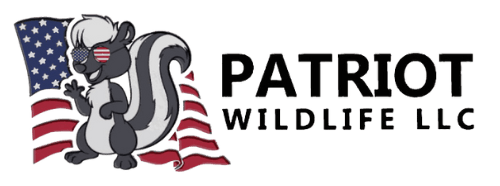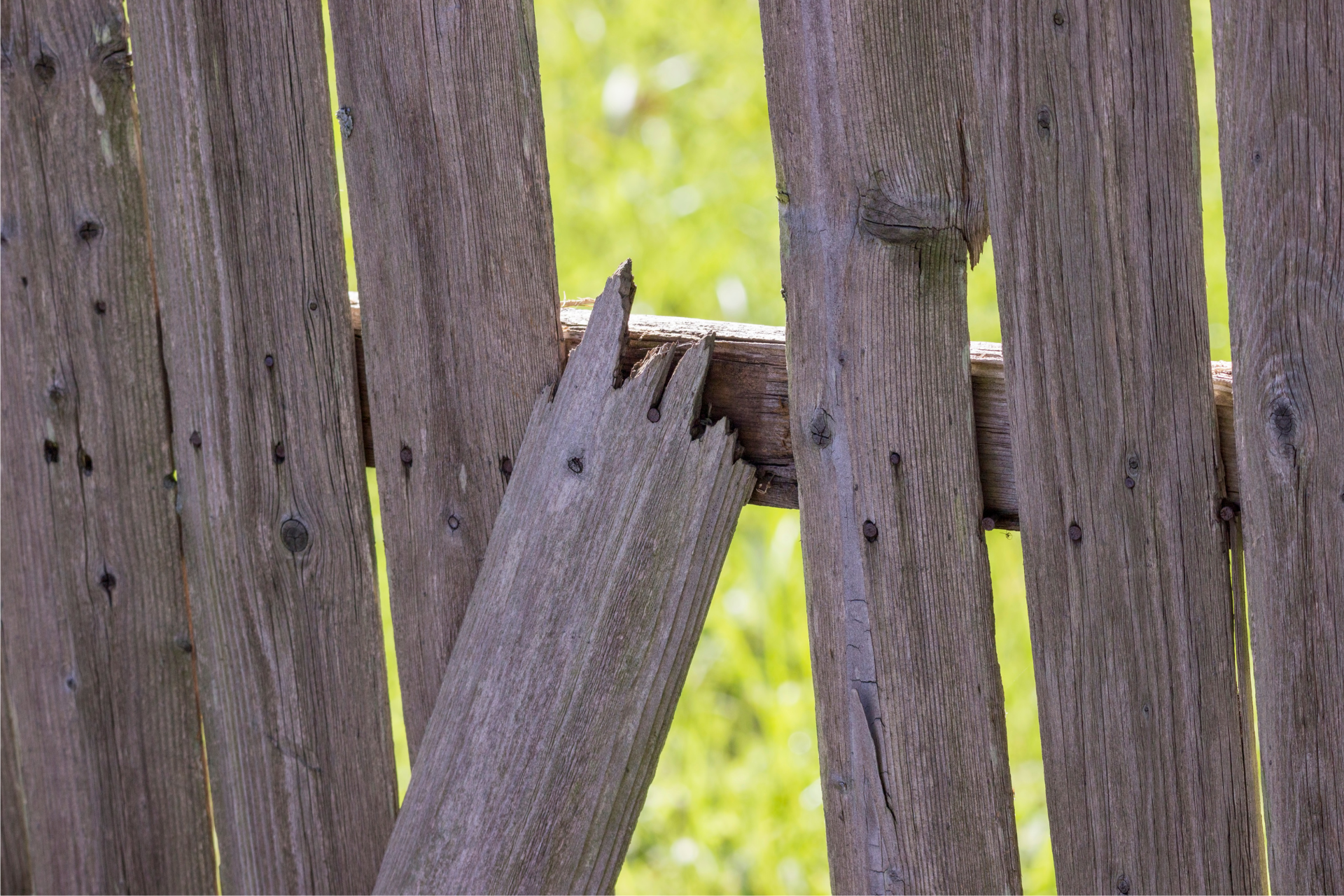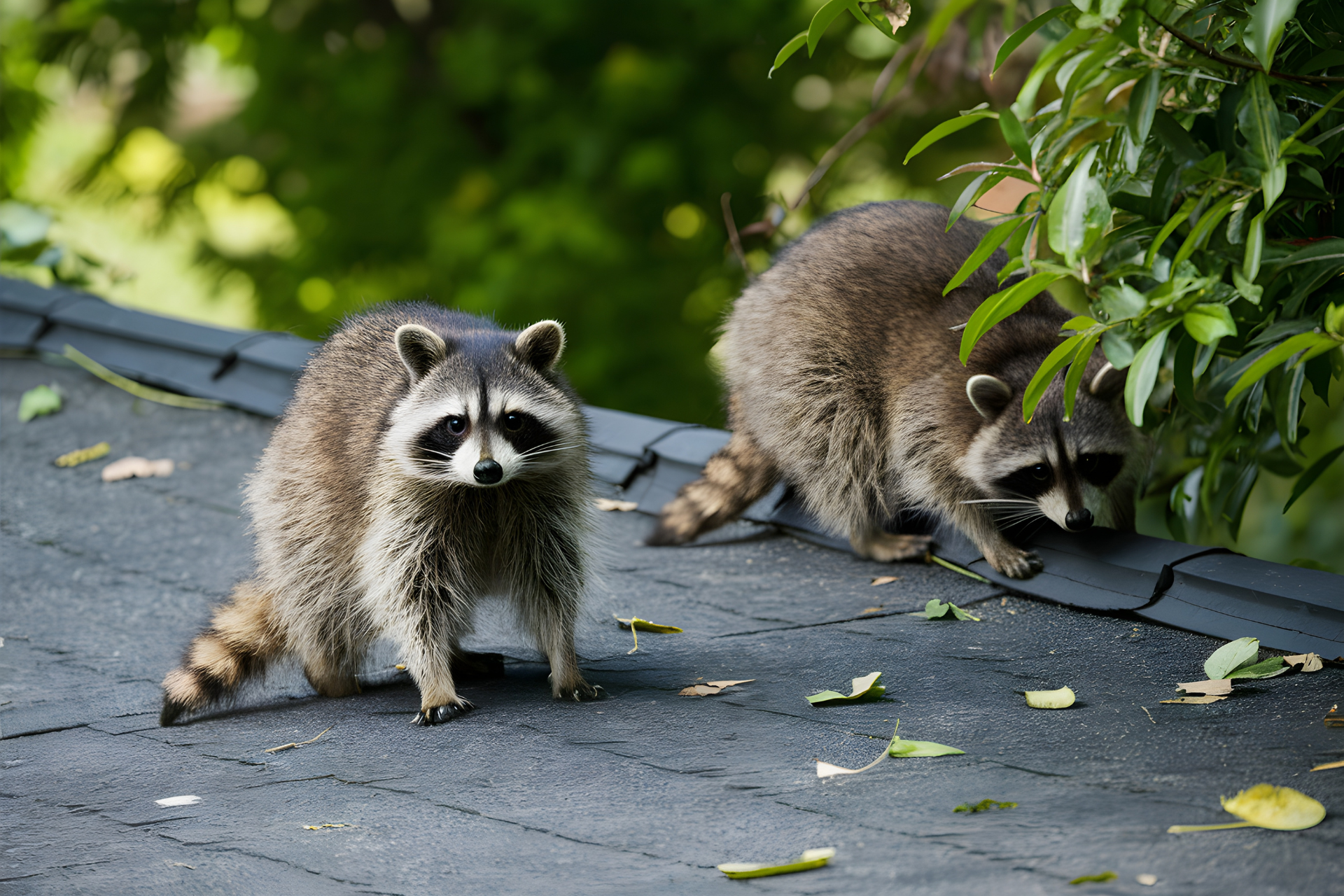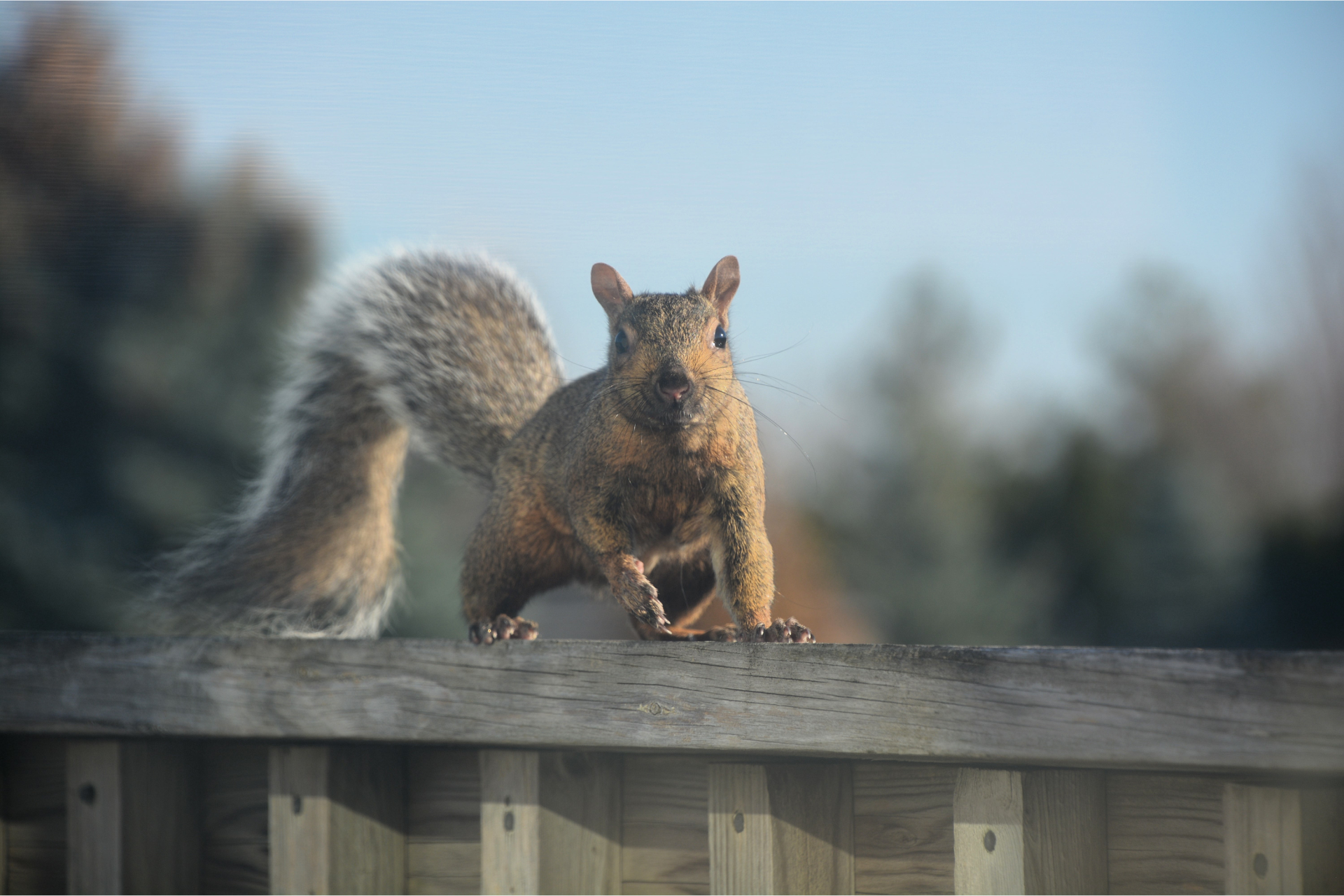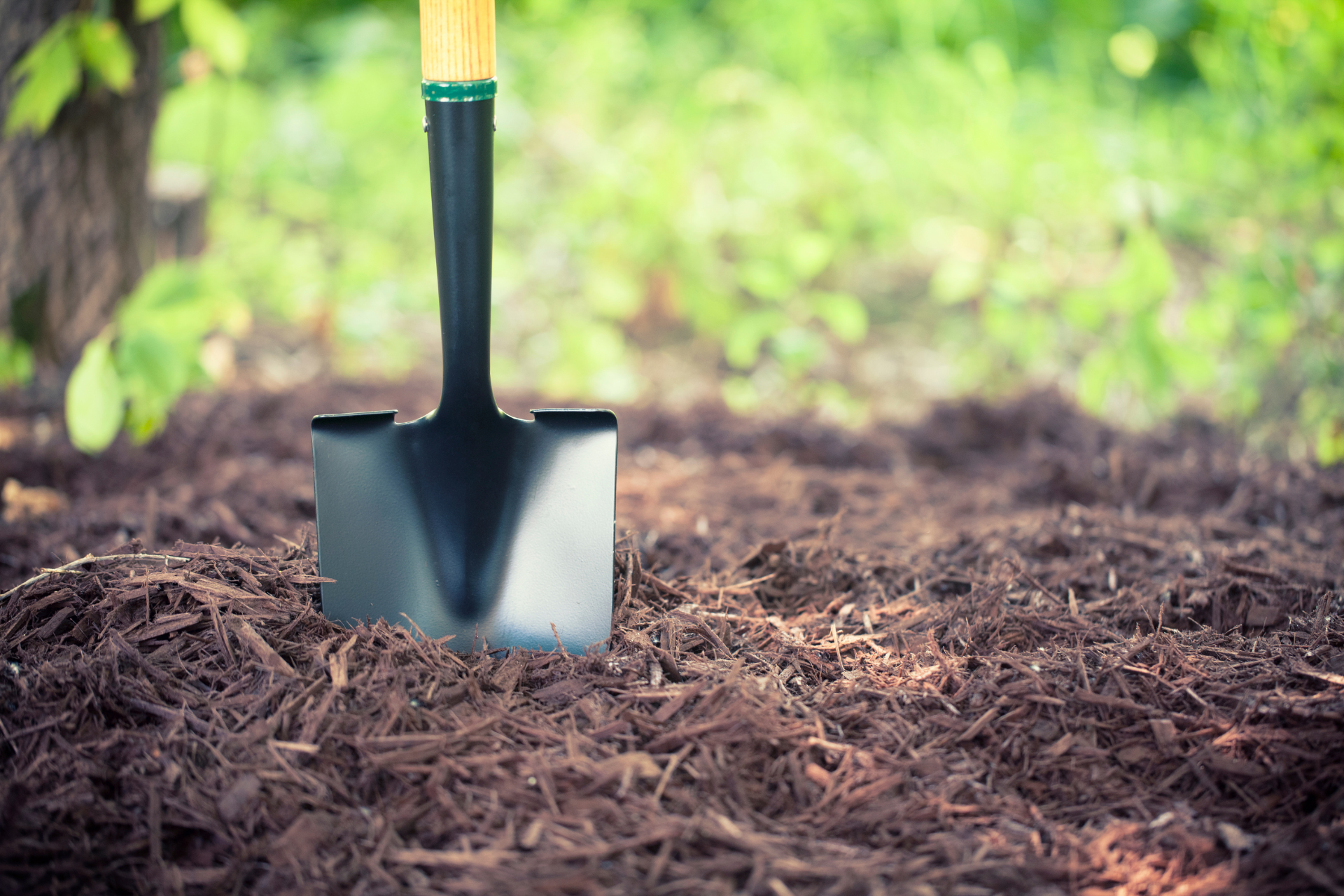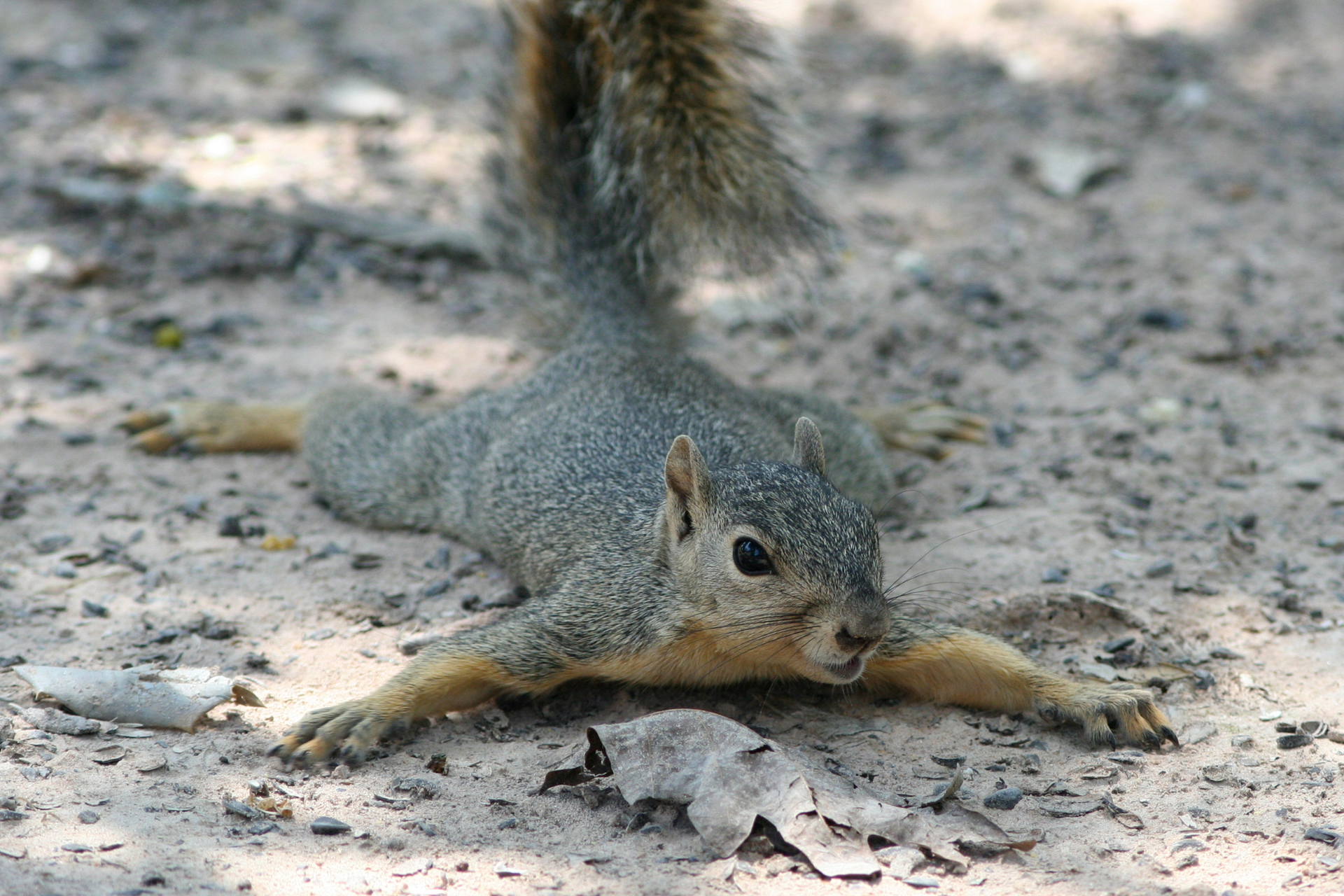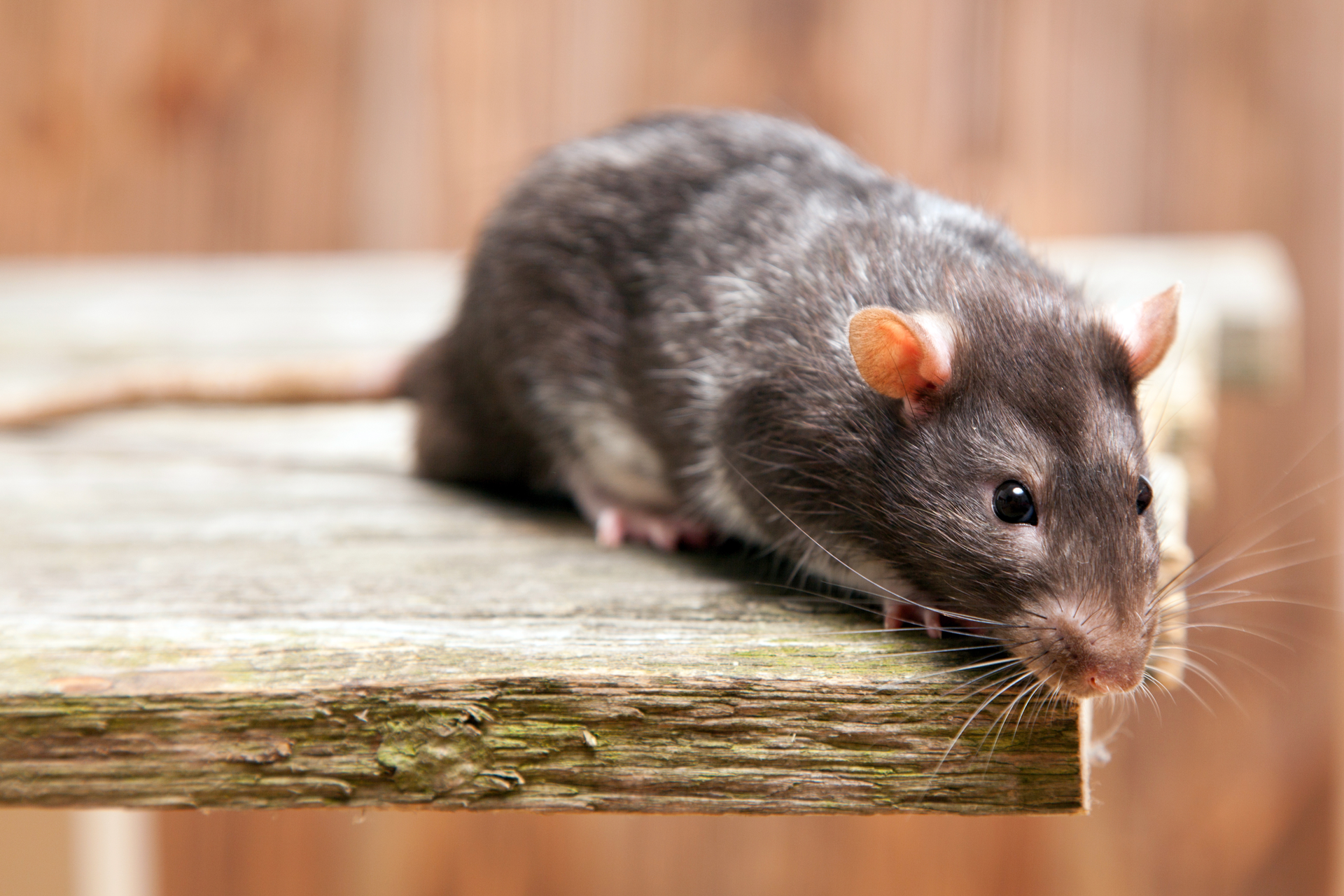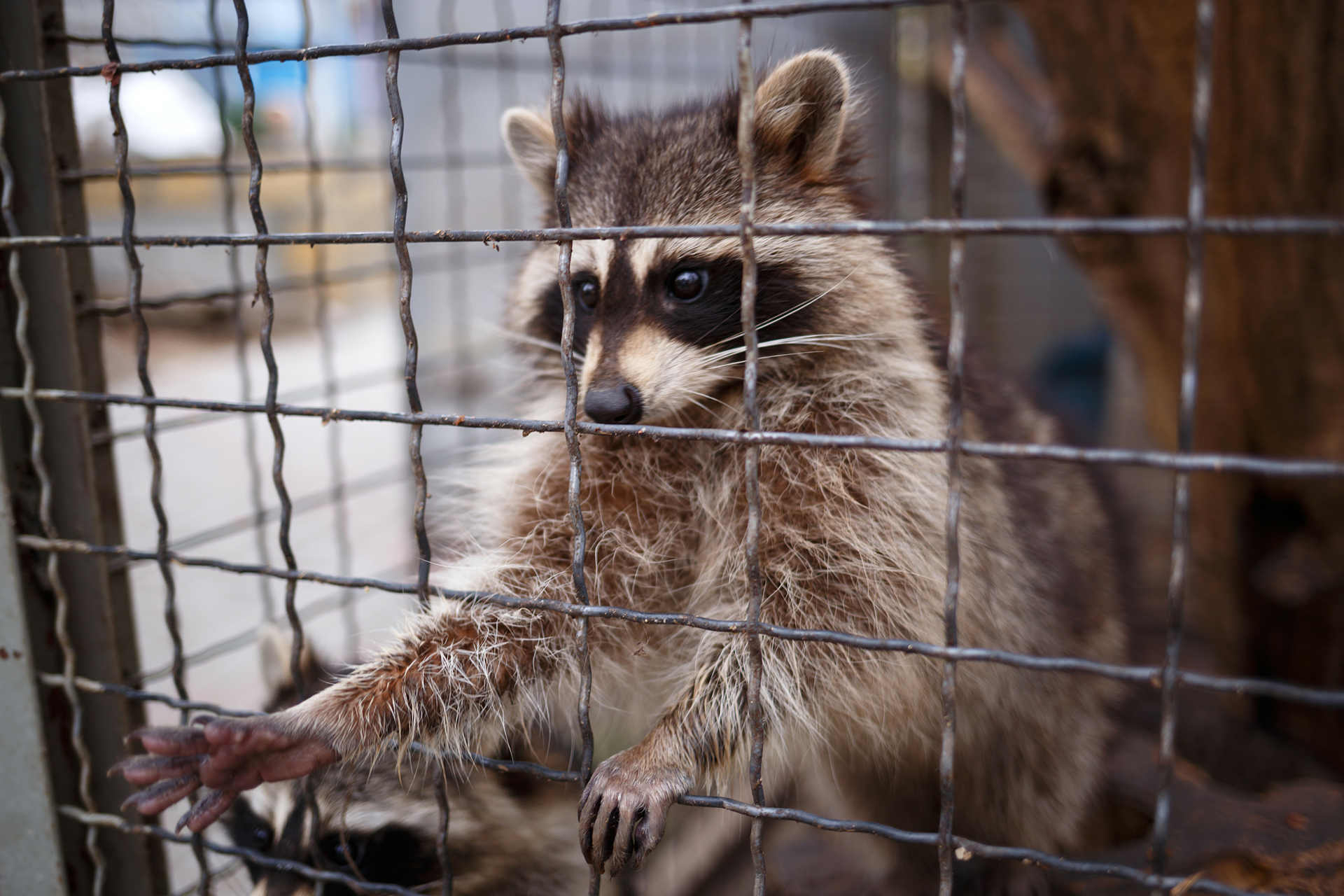Preparing Your Home For Wildlife Season
Get Ready For Wildlife Season With Professional Tips
As the seasons shift, so does the behavior of wildlife. It’s not just a change in temperature or daylight—it’s a cue for animals to start nesting, searching for shelter, or looking for food in places they might not bother with during other times of the year. For homeowners, this means one thing: wildlife season is on the horizon. It might not get as much attention as hurricane season or allergy season, but when squirrels, raccoons, bats, and other critters start seeing your home as part of their migration path or breeding ground, it quickly becomes personal.
Preventing those unwanted visitors from settling in doesn’t have to be complicated, but it does take a little foresight. The truth is most animals don’t break in with brute force—they slip in through what’s already vulnerable. So the best way to prepare for wildlife season is to focus on tightening up your home before it becomes a target.
Knowing When Wildlife Season Hits
Most people don’t associate wildlife activity with specific seasons, but animals have their own rhythms. Spring kicks off breeding season for raccoons, squirrels, and birds. They're not just passing through—they’re actively looking for quiet, protected spaces to raise their young. And what’s more protected than a dry attic or crawlspace no predator can reach?
Then there’s the fall surge. As the weather cools, animals like rodents, opossums, and even skunks start seeking warmth and shelter. They’re drawn to places that provide cover from the elements and easy access to food. Homes provide both, even if unintentional. Garbage cans, pet food left on porches, compost piles, or open chimneys can turn an ordinary house into prime wildlife real estate.
Even summer and winter have their patterns. Bats often become more noticeable in warmer months, and during cold snaps, smaller animals seek the kind of warmth that homes can offer. Understanding these patterns helps make the timing of your preparations more effective.
Wildlife Entry Points That Go Unnoticed
It’s easy to underestimate just how little space some animals need to get in. Mice can squeeze through gaps about the width of a pen. Bats, too, can enter through tight crevices along rooflines. Squirrels and raccoons might start by exploiting an existing weakness, then chew or claw their way to something bigger.
Common spots for entry include roof returns, vents without covers, gaps in fascia or soffits, and chimneys that lack caps. Even areas around plumbing or cable entries can have small openings that go unnoticed. One of the trickier things about these entry points is how hidden they are from a ground-level glance. From the outside, a home may look solid and secure, but from the perspective of a determined animal, it's often a different story.
This is where seasonal inspections become valuable. A close look at the exterior and attic areas—before wildlife season ramps up—can reveal the kind of vulnerabilities that don’t stand out to the untrained eye.
How Landscaping Can Invite Nuiscane Animals
The yard surrounding a home can play a bigger role in wildlife attraction than people might expect. Overgrown trees and vines provide natural highways straight to the roof. Branches that hang low or touch the house make it easy for animals to bypass the walls altogether. Squirrels, in particular, are acrobatic climbers that use tree limbs to launch themselves onto roofs, sometimes from surprising distances.
Tall grass, wood piles, and neglected bushes can also create hiding places near the foundation. From there, animals have all the time in the world to explore cracks or dig under concrete slabs. Wildlife isn’t just looking for an open door—it’s looking for a place to stage its entry. When the surrounding vegetation provides cover and access, homes become more appealing.
Regular trimming of trees and shrubs, along with clearing clutter from around the perimeter of the house, makes it more difficult for wildlife to approach unnoticed.
What Attracts Nuisance Animals Inside
Sometimes, the reason animals come inside isn’t because of what’s missing outside—it’s because of what’s available inside. Food, warmth, and shelter are the big three. That means unsecured garbage, bird feeders too close to the house, pet food bowls on the deck, or compost bins that aren’t enclosed can send the wrong message.
Inside the home, attic insulation, stored holiday decorations, or nesting material left in the garage can make a perfect den. Even a minor water leak can attract pests that need moisture, which then attracts larger animals that feed on them. It’s a chain reaction that starts with a minor issue and can end with a major wildlife intrusion. Paying attention to the little things—tight-fitting trash can lids, moving food sources indoors, and storing materials in sealed containers—can disrupt that cycle before it gets started.
Securing Vents, Chimneys, And Crawlspaces
Many animals get in through structural features that weren’t designed to keep them out. Dryer vents, attic fan openings, and crawlspace air intakes can serve as entry points if they’re left unguarded. Chimneys, especially, can be an open invitation. Raccoons and birds view them as hollow trees made of brick—perfect for nesting and just secluded enough to avoid threats.
Screens and covers made specifically for vents and chimneys are widely available and installing them before wildlife season increases the odds of staying critter-free. They work best when paired with an inspection to ensure nothing is already inside. Sealing up an access point without confirming it’s unoccupied can result in more issues down the line, especially if young animals are trapped inside.
Basements and crawlspaces also deserve a closer look. Many times, these areas have vents at ground level that can rust or become loose over time. Once breached, they provide direct access to the underside of the home, and from there, animals can chew or dig their way into living areas or between walls.
Why Professional Wildlife Inspections Matter
Even the most thorough homeowner can miss subtle signs of wildlife potential. A piece of flashing pulled back by a storm, a small gap where a roof meets a dormer, or a vent that looks secure but isn’t fastened tightly—these are the kinds of things experienced technicians are trained to catch.
A professional wildlife inspection isn’t just about looking for current activity. It’s about identifying risk factors and fixing the conditions that make your home a candidate for intrusion. Some companies even offer exclusion services, where known access points are reinforced or sealed using materials that animals can’t chew through or pry open.
When that’s done before wildlife season gets into full swing, the chances of needing reactive removal drop significantly. It’s a proactive way to protect your space from unwanted guests and avoid potential property damage, odor issues, and cleanup costs.
At Patriot Wildlife, we’ve seen what happens when wildlife gains access to places it shouldn’t be. That’s why we focus just as much on prevention as we do on removal. If you’re unsure whether your home is ready for the season ahead, now’s a good time to reach out. Let’s take a look before wildlife makes that decision for you.
Contact us to schedule an inspection, and we’ll help you stay one step ahead.
